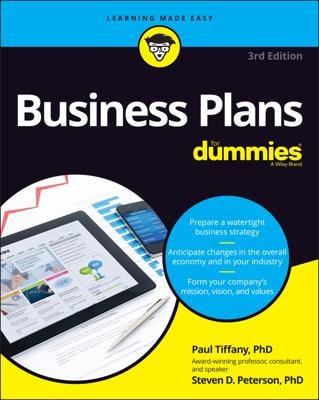A good way to begin carving out your market segments is by researching who buys your product or service. If you focus on individual consumers, discover a bit about how they live their lives. If your customers are other companies, find out about their business operations.
Different customers approach your market in different ways, and you can often identify market segments based on certain customer traits as they relate to your product or service category. Some of the conditions that guide customer buying decisions include the following:
Speed of the purchase decision: The decision-making process (DMP) that customers go through before they purchase a product or service varies, depending on the product or service’s complexity and price tag. People may buy chewing gum at a drugstore without much thought. But car dealerships and real estate agents face a completely different DMP with their customers, resulting in a slower decision to buy.
The actual decision-maker: Families represent a common decision-making unit (DMU) that buys various consumer goods. But who in the family has the final word? If you sell clothes designed for teenagers, for example, it makes a big difference whether the kids have the final say, or Mom or Dad is always in the background, giving the thumbs-up or thumbs-down sign. This difference alone may lead to two separate market segments, each with a unique set of requirements.
Customer loyalty: The way that companies relate to their customers can easily define a set of market segments. Service industries, for example, go out of their way to identify and encourage customers based on their loyalty. You’ve probably been asked to join more than one frequent-flyer program or to keep track of frequent-caller, frequent-diner, or frequent-you-name-it points. Companies that offer these programs promise to cater to and reward customers for being a member of their loyal group.
Level of product use: In many industries, a small percentage of consumers accounts for a large percentage of sales. If you want to sell beer, for example, you may not want to ignore the heavy-beer-drinking population — an estimated 10 million Canadians. Keeping this high-consumption group of customers satisfied can be profitable indeed.
Remember that old saying about not seeing the forest for the trees? Well, when you first start to think about your customers, you don’t want to fall into a similar trap. Focusing on a small number of individual customers and their personal habits, likes, and dislikes is tempting. But don’t!
Don’t view your customers and your business activities too narrowly. Look instead at the larger forest — the general customer behaviours and basic needs that define your market. Understanding your customer’s mindset can go a long way toward fostering innovation, generating new strategies, and providing expanded market opportunities.

